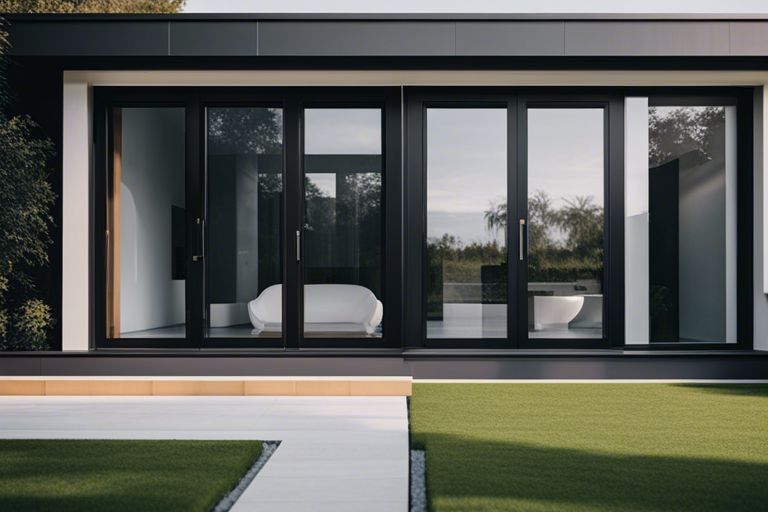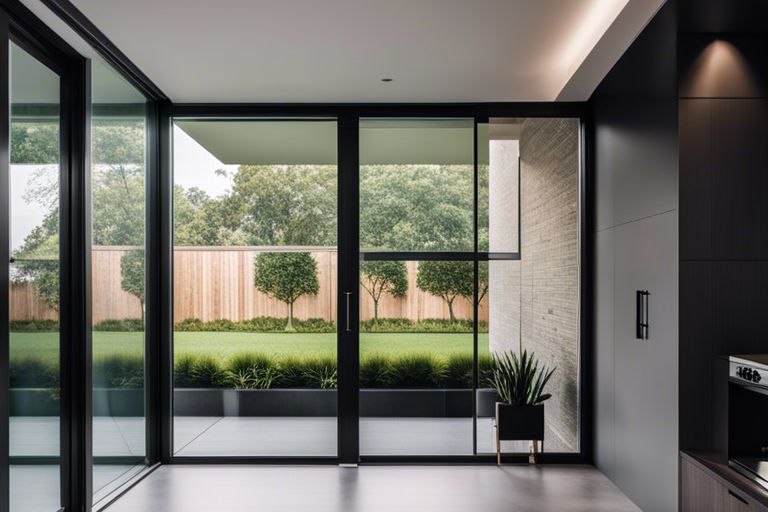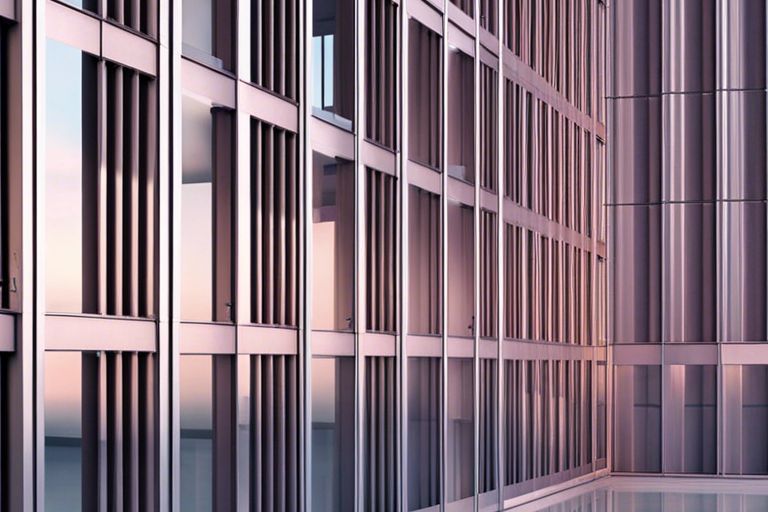When it comes to enhancing natural light and ventilation in a property, flat rooflights are an excellent choice. Not only do they offer the benefits of increasing brightness and airflow, but they also add a touch of modernity and style to any space. In this blog post, we will investigate into the different sizes and shapes available in the world of flat rooflights, exploring their unique features and advantages. Understanding the options in size and shape can help homeowners make informed decisions when it comes to selecting the perfect flat rooflight for their property. So, let’s take a closer look at the various dimensions and designs that can transform a room and elevate the overall aesthetic and functionality of a building.
Key Takeaways:
- Choose the right size: Selecting the appropriate size of flat rooflight is crucial to ensure sufficient natural light and ventilation for the space.
- Consider different shapes: Explore various shapes such as square, rectangular, or circular flat rooflights to complement the design and functionality of your property.
- Customisation options: Many manufacturers offer customisation options for flat rooflights, allowing you to create a bespoke design tailored to your specific requirements.

Understanding Flat Rooflights
Flat rooflights are an increasingly popular choice for bringing natural light into interior spaces. By understanding the sizes and shapes available, homeowners and designers can make informed decisions to enhance the aesthetics and functionality of their properties.
Definition and Basic Concepts
Flat rooflights are horizontal windows that are installed flush with the roof surface, allowing light to enter a room from above. These rooflights are typically designed to be frameless or have slim profiles to maximise the amount of natural light that can enter the space.
Basic concepts to consider when exploring flat rooflights include their thermal performance and weatherproofing capabilities. It is essential to choose rooflights that offer good insulation to prevent heat loss and ensure they are sealed effectively to prevent leaks and water ingress.
Advantages of Incorporating Flat Rooflights
There are several advantages to incorporating flat rooflights in a property. Firstly, they allow for a seamless connection between indoor and outdoor spaces, creating a sense of openness and enhancing the overall ambience of a room.
Another key benefit of flat rooflights is their ability to maximise natural light in a building, reducing the need for artificial lighting during the day and potentially lowering energy bills. Additionally, they can provide ventilation options to improve indoor air quality and regulate room temperature.
Furthermore, flat rooflights can be customised to suit specific design preferences and architectural requirements. They are available in various sizes, shapes, and glazing options to cater to different aesthetic and functional needs, providing flexibility for homeowners and designers.

Sizes of Flat Rooflights
Standard Size Ranges
Flat rooflights come in a variety of standard size ranges to suit different architectural requirements and roof structures. Common standard sizes typically range from small square rooflights around 600mm x 600mm to larger rectangular rooflights up to 1200mm x 2400mm. These standard sizes are popular due to their versatility and ease of installation.
It is important to note that standard size ranges may vary between manufacturers, so it is crucial to check the available options before making a decision. Standard size rooflights offer a cost-effective solution for many projects and are readily available for quick installation, making them a popular choice for homeowners and builders alike.
Custom Sizing Options
For projects with unique requirements or specific design preferences, custom sizing options provide a tailored solution to meet individual needs. Custom-sized flat rooflights can be manufactured to almost any dimensions, allowing for complete flexibility in design and functionality. Whether you require an oversized rooflight or a non-standard shape, custom sizing options offer endless possibilities to create a bespoke lighting solution for your space.
When opting for custom sizing options, it is important to work closely with manufacturers or suppliers to ensure that the rooflight meets all technical specifications and regulations. This personalised approach guarantees that the final product fits seamlessly into your design vision, providing both aesthetics and functionality in perfect harmony.
Custom sizing options may involve longer lead times and additional costs compared to standard size ranges, but the ability to create a rooflight that perfectly matches your requirements is a worthwhile investment in enhancing your property.
Shapes of Flat Rooflights
When it comes to flat rooflights, there are various shapes available to suit different architectural styles and preferences. The shape of a rooflight not only affects the aesthetics of a building but also influences the amount of natural light that enters the space below.
Common Shape Varieties
Rectangular: Rectangular rooflights are the most common shape and provide a sleek and modern look to any building. They are versatile and can be easily integrated into both residential and commercial properties.
Circular: Circular rooflights offer a unique design element and are often used to create a focal point in a room. They allow for a softer diffusion of light and can add a touch of elegance to the architectural design.
Custom Shape Design Considerations
When considering custom shape designs for flat rooflights, it is important to take into account the structural implications and practicality of the chosen shape. While unique shapes can add character and individuality to a building, they may require additional support or special installation techniques to ensure structural integrity and weather resistance.
It is crucial to work closely with a professional rooflight manufacturer or designer to create a custom shape that not only enhances the aesthetic appeal of the building but also meets safety and functionality requirements. Custom-shaped rooflights can transform a space and provide a truly bespoke architectural feature, but proper planning and execution are essential to ensure a successful outcome.

Installation and Maintenance
Proper installation and maintenance of flat rooflights are crucial to ensure their longevity and performance. In this chapter, we will research into best practices for installation and provide essential tips for long-term maintenance to keep your rooflights in optimal condition.
Best Practices for Installation
When it comes to installing flat rooflights, it is essential to follow the manufacturer’s guidelines meticulously. Ensure that the roof opening is correctly sized to accommodate the rooflight, and use the recommended sealing materials to prevent any water ingress. Additionally, make sure that the rooflight is securely fastened to the roof structure to avoid any potential hazards.
Proper installation also involves checking for any signs of damage or defects before and during the installation process. Inspect the rooflight for cracks, chips, or scratches, and address any issues promptly to prevent further damage. It is advisable to seek professional assistance if you encounter any challenges during the installation to avoid compromising the integrity of the rooflight.
Tips for Long-Term Maintenance
Regular maintenance is key to preserving the functionality and aesthetic appeal of flat rooflights. One essential tip is to routinely clean the rooflight surfaces to remove dirt, debris, and potential blockages. Use a mild detergent and a soft cloth to avoid scratching the surfaces, and ensure that the drainage channels remain clear to prevent water pooling.
When it comes to long-term maintenance, it is crucial to inspect the rooflight seals and gaskets periodically to check for any signs of wear or deterioration. Replace any damaged seals promptly to maintain the waterproofing integrity of the rooflight. Perceiving changes in the appearance or performance of the rooflight can help identify potential issues early and prevent more significant problems in the future.
Exploring the Sizes and Shapes of Flat Rooflights
Flat rooflights come in a variety of sizes and shapes, offering a versatile solution for bringing natural light into interior spaces. From square and rectangular designs to circular and even custom shapes, there is a rooflight option for every architectural need. Understanding the different sizes and shapes available allows homeowners and designers to make informed decisions based on their specific requirements and aesthetic preferences. Whether it’s a sleek rectangular rooflight for a modern space or a large circular rooflight for a statement design, exploring the range of sizes and shapes in flat rooflights ensures that the perfect choice is made to enhance any building with abundant natural light.
FAQ
Q: What are flat rooflights?
A: Flat rooflights are modern window systems designed to sit flush with the roof, allowing natural light to enter the space below. They are sleek, stylish, and versatile.
Q: What sizes do flat rooflights come in?
A: Flat rooflights are available in a range of sizes to suit different needs and preferences. Common sizes include 600x600mm, 1000x1000mm, and 1200x1200mm, but they can also be custom-made to specific dimensions.
Q: What shapes are available for flat rooflights?
A: Flat rooflights come in various shapes, including square, rectangular, circular, and even bespoke shapes to fit unique architectural designs. The choice of shape can impact the aesthetics and functionality of the rooflight.






